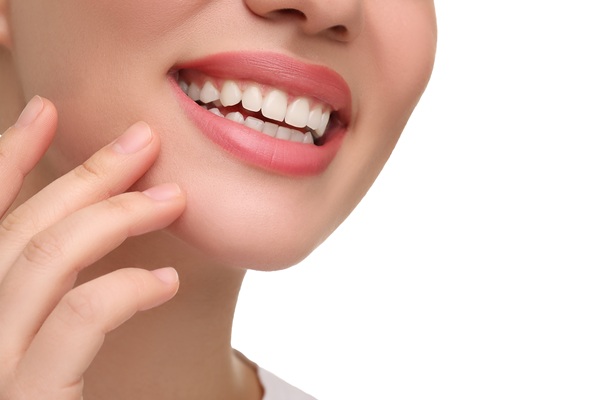Popular Dental Bonding Solutions

Dental bonding is a quick, affordable fix that dentists use to correct a wide variety of dental problems. Not only is dental bonding useful as a restoration, it also has cosmetic applications. The fact that bonding is easy to use makes it a popular option with dentists. This is how it works.
An overview of dental bonding
Dental bonding takes the form of a tooth-colored, putty-like plastic known as composite resin. The fact that the resin is easy to shape is what makes dental bonding so versatile. For this reason, dental bonding is the go-to material for dentists who need to fill fractures and cavities. The resin can squeeze into a tight, jagged spot and assume the shape of the space. When exposed to a curing light, the bonding solidifies. It becomes a well-fitting, durable restoration that lasts for years.
Types of dental bonding
There are two broad categories of dental bonding: direct and indirect.
Direct dental bonding
To recap, in its raw state, dental bonding is a putty-like material that a dentist can apply directly to teeth, just like a metal filling. Because dentists apply it directly to the tooth, this type of bonding is aptly named direct bonding. Here are some of its uses:
- A filling for a cavity: Metallic fillings are dark in color, which makes them stand out. In contrast, composite resin can fill a cavity in a tooth and remain undetectable, making it an effective option for both one's back molars and front teeth.
- Repairing a crack or a fracture: A dentist can also use bonding material to repair a small dental fracture. The bonding fills the crack and be shaped to match the rest of the tooth's shape.
- Reshaping a chipped tooth: The dentist applies dental bonding after abrading a small section of the enamel. They can sculpt the bonding so that it replaces the missing part of the tooth.
- Adhesive for dental veneers: Dental bonding can also be used as an adhesive. The dentist can use a type of composite resin (unfilled resin) to attach the veneers to the surfaces of the patient's front teeth.
Indirect dental bonding
Dentists also use composite resin to fabricate indirect dental restorations like dental veneers, onlays, and inlays. While these restorations are not as tough or as durable as their metal or ceramic equivalents, they are more affordable. Indirect dental bonding requires two separate procedures. During the first procedure, the dentist prepares the patient’s tooth and takes a mold of it. The patient goes home while the dentist sends the impression to a dental lab.
Once the dentist receives the restoration from the lab, they call their patient in for a second procedure. The dentist then places the restoration on the prepared tooth. During this appointment, they ensure the restoration fits the patient and can make any necessary adjustments.
Restoring your smile has never been this easy
Dental bonding is an effective and affordable way to restore your smile. Are you ready to get started? Call our South Gate office to schedule an appointment.
Request an appointment here: http://embracedentalandortho.com or call Embrace Dental and Orthodontics at (562) 306-0060 for an appointment in our South Gate office.
Check out what others are saying about our dental services on Yelp: Dental Bonding in South Gate, CA.
Related Posts
A smile makeover is a comprehensive approach to enhancing the appearance of the teeth through customized cosmetic treatments. After completing a smile makeover, patients often enjoy renewed confidence, improved oral function, and a more attractive smile. To maintain these results and protect the investment, it is essential to follow proper care routines and dental guidance.Good…
Over time, individuals who wear dentures may experience a need for denture repair. The mouth changes, and normal wear and tear can occur, which often results in a need for a rebase or a reline. Individuals who have a damaged or broken denture should consult with a general dentist to determine what the problem is.…
Dental fillings restore teeth affected by decay, preventing further deterioration and maintaining oral health. However, fillings are not indestructible; they can become damaged due to wear and tear, chewing on hard objects, or trauma. A damaged filling can lead to discomfort, increased sensitivity, and even further tooth decay if left unaddressed. Knowing what to do…
Although X-rays in general dentistry have been used for ages, digital X-rays are proving to be more efficient and safer. They offer numerous benefits that traditional ones do not, making them more popular among general dentistry practices. Here is what you can expect from the use of digital X-rays in general dentistry.Outlined below are some…






